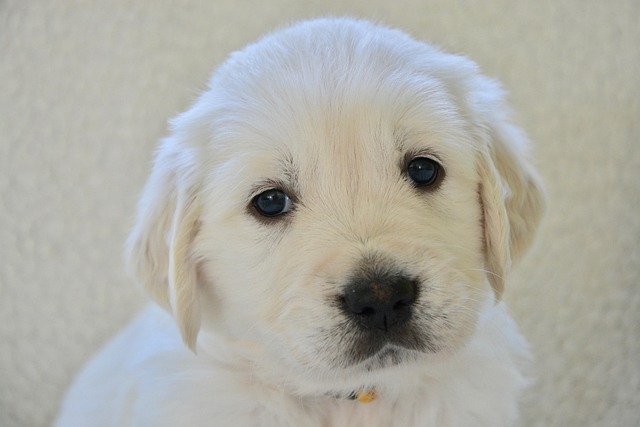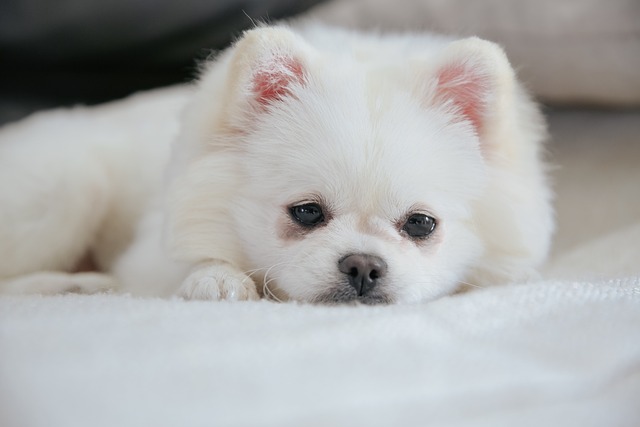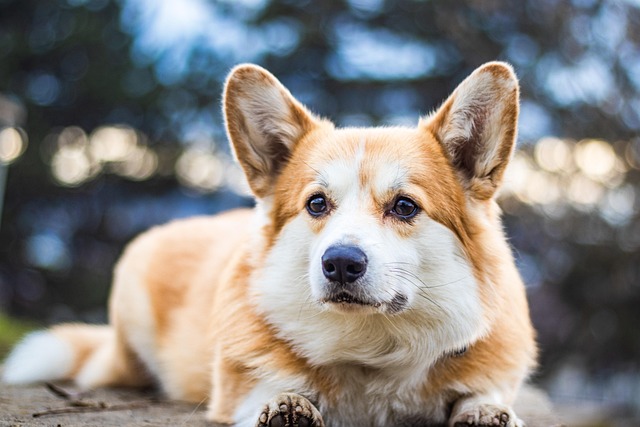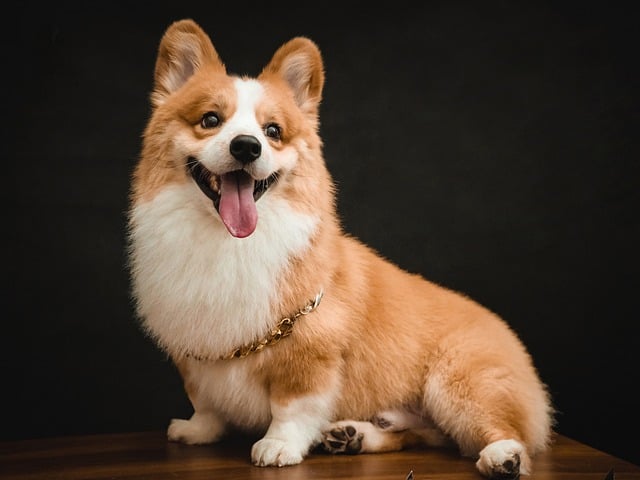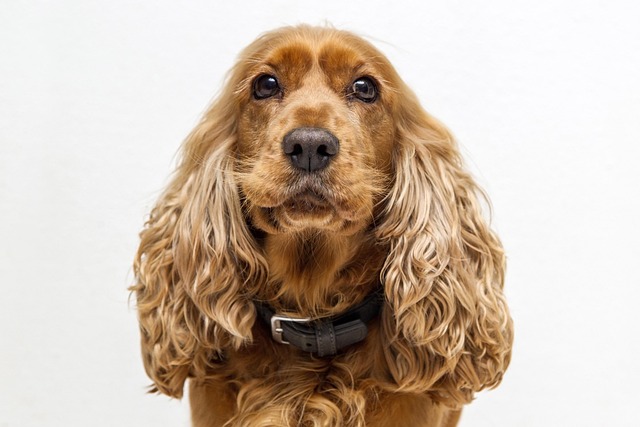When I first started working with anxious dogs, I'll admit I was surprised by how many well-meaning owners were unknowingly sabotaging their dog's social development. They'd rush their nervous pups into bustling dog parks, thinking exposure was the key to success. What I discovered through years of practice is that dog socialization works best when we flip the script entirely.
The truth is, your dog's social anxiety isn't a character flaw – it's a natural response to overwhelming situations. Think about it: would you feel comfortable being thrown into a crowded room full of strangers who speak a different language? That's essentially what happens when we force fearful dogs into chaotic environments too quickly.
Traditional socialization approaches often miss a crucial point. Dogs experiencing anxiety in busy, noisy environments aren't just being "difficult" – their brains are literally flooded with stress hormones. When cortisol levels spike, learning shuts down. Your dog can't process positive experiences or build confidence when they're in survival mode. This is why that expensive puppy class might have backfired, leaving your dog more reactive than before.
The science behind canine anxiety reveals something fascinating. Dogs have incredibly sensitive hearing – they can detect frequencies up to 65,000 Hz, compared to our measly 20,000 Hz. In a typical dog park, your pup isn't just processing the visual chaos of running dogs; they're bombarded with a symphony of sounds that would overwhelm even the most confident personality. Add in the complex web of scent markers from dozens of other dogs, and you've got a sensory overload situation.
Here's where things get interesting, and frankly, where most traditional advice falls short. Instead of throwing your dog into the deep end, controlled socialization methods for dogs work by building confidence systematically. I've seen remarkable transformations when owners embrace what I call "quiet environment dog socialization."
Picture this: rather than the local dog park mayhem, imagine introducing your dog to new friends in your backyard, or a quiet corner of an empty field. The difference in your dog's demeanor will be night and day. When anxiety levels drop, curiosity emerges. When curiosity emerges, positive associations form. It's really that straightforward.
Let me walk you through the gradual dog socialization techniques that have worked wonders for the hundreds of dogs I've helped over the years. First, identify your dog's "threshold" – that invisible line where they notice another dog but aren't reactive. This might be 50 feet away for some dogs, or 10 feet for others. There's no shame in starting from a distance that feels comfortable for your specific dog.
Start with visual exposure only. Find a quiet park bench where you can sit with your dog and simply watch other dogs from a safe distance. Bring high-value treats – think tiny pieces of cooked chicken or freeze-dried liver. The moment your dog looks at another dog and remains calm, mark it with a "yes" and reward. You're teaching them that other dogs predict good things happening.
Next, arrange controlled meetings with calm, well-socialized dogs. This isn't about finding any random dog – you want to reduce dog anxiety socializing by choosing your dog's first friends carefully. Ask fellow dog owners you trust, or work with a professional trainer who can provide stable "helper dogs" for practice sessions.
The beauty of this approach lies in its flexibility. Some dogs need weeks of distance work before they're ready for a face-to-face meeting. Others surprise you with faster progress. I've learned to read each dog's individual timeline rather than rushing toward arbitrary milestones.
When you do arrange that first controlled meeting, keep it brief and positive. Two dogs walking parallel to each other, with plenty of space between them, often works better than face-to-face introductions. Let them catch glimpses of each other while engaged in enjoyable activities like sniffing or gentle walks.
You'll know your dog is ready for larger social settings when they can maintain focus on you even with another dog nearby. Their body language should be relaxed – no stiff posture, hard staring, or panting when it's not warm. They should be able to eat treats and respond to basic commands. These are your green lights for the next phase.
Transitioning to bigger environments requires patience and strategic thinking. Start with less crowded times at dog parks – early morning or late afternoon often work well. Enter the park but stay near the entrance initially. This gives your dog an escape route and prevents them from feeling trapped if they become overwhelmed.
Watch for signs of stress during these transitions. Heavy panting, pacing, excessive drooling, or inability to take treats are all indicators that you need to create more distance or end the session. Remember, every positive experience builds confidence, while every overwhelming experience can set you back weeks.
One mistake I see repeatedly is owners who mistake excitement for progress. A dog who's bouncing, pulling, whining, or unable to focus isn't necessarily "eager to socialize" – they might be overstimulated or anxious. True confidence looks calm and controlled, not frantic.
Another common pitfall is inconsistent practice. Dog socialization isn't a one-and-done process. Just like learning a musical instrument, it requires regular, positive repetition. Sporadic exposure actually makes anxiety worse because your dog never knows what to expect.
Perhaps most importantly, never force interactions. The moment you start dragging your dog toward another dog or pushing them into situations they're clearly uncomfortable with, you're teaching them that you can't be trusted to keep them safe. This breaks down the foundation of everything you're trying to build.
The dogs I've worked with who've made the most dramatic progress all had owners who celebrated small victories. They noticed when their dog looked at another dog without tensing up. They rewarded calm behavior consistently. They understood that socialization isn't about creating a dog who loves every stranger – it's about raising a confident dog who can navigate the world without fear.
Your dog's social development is a journey, not a destination. Some days will be better than others, and that's completely normal. What matters is that you're building positive associations at your dog's pace, in environments where they can actually learn and grow. Trust the process, celebrate the small wins, and remember that the most confident dogs are often those who learned to socialize gradually, with patience and understanding guiding every step.
